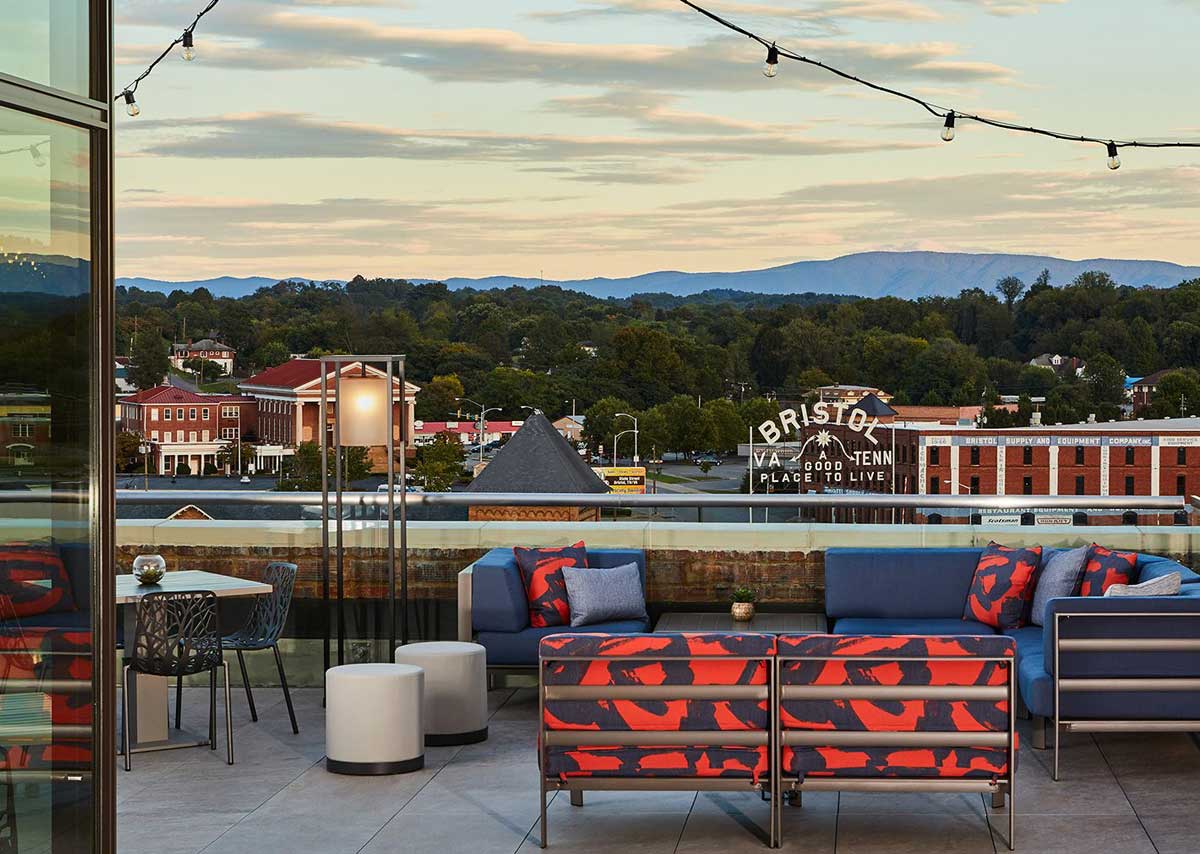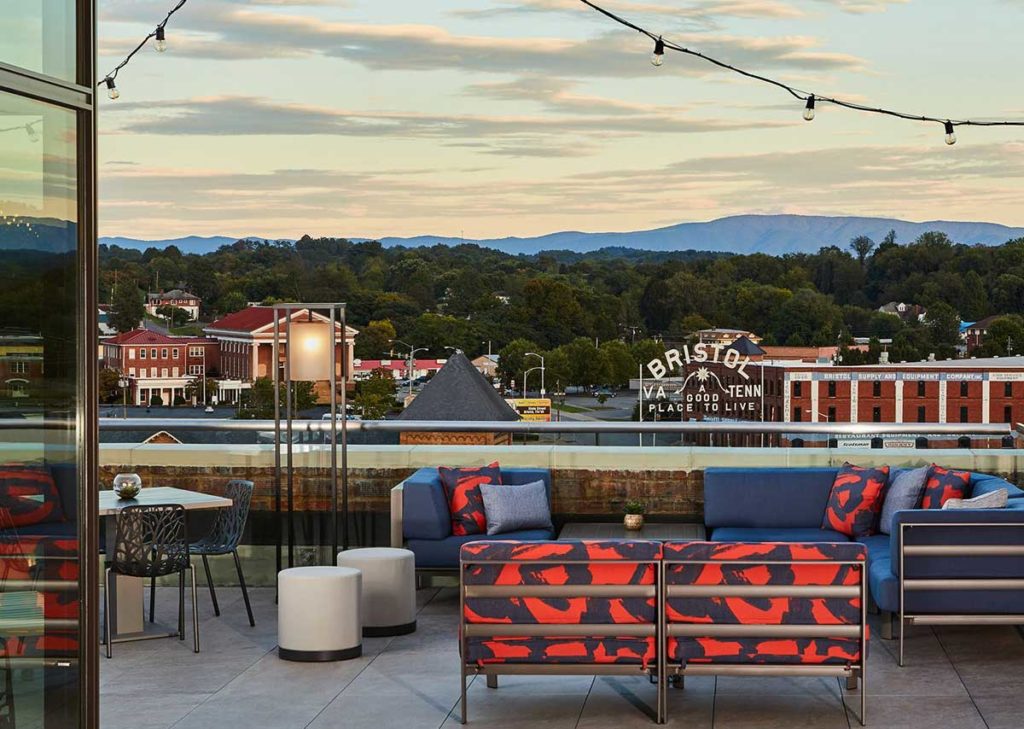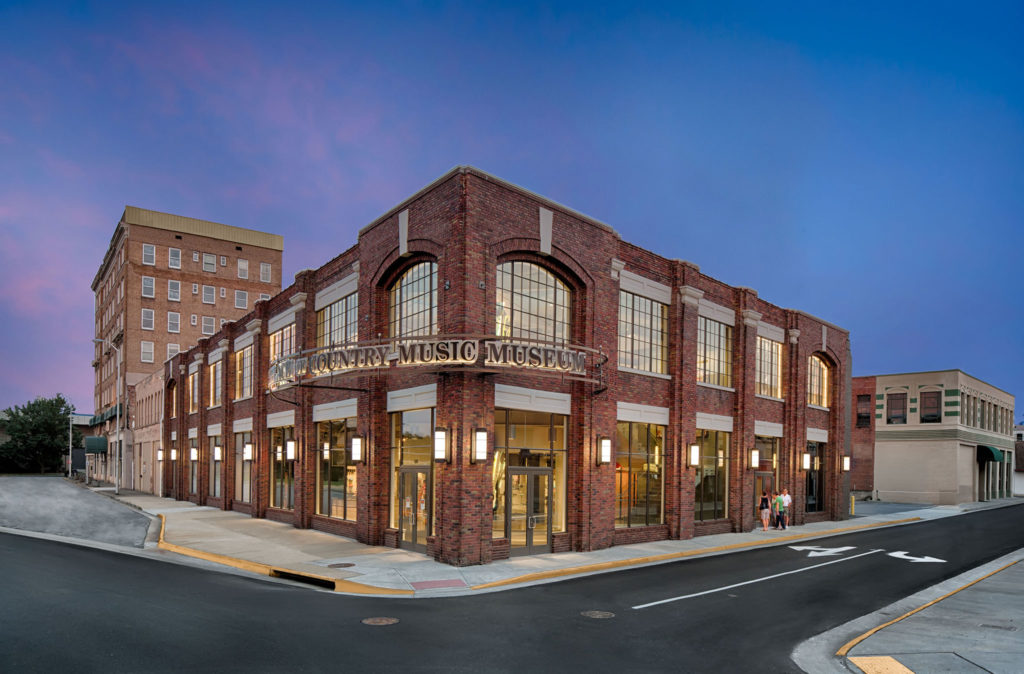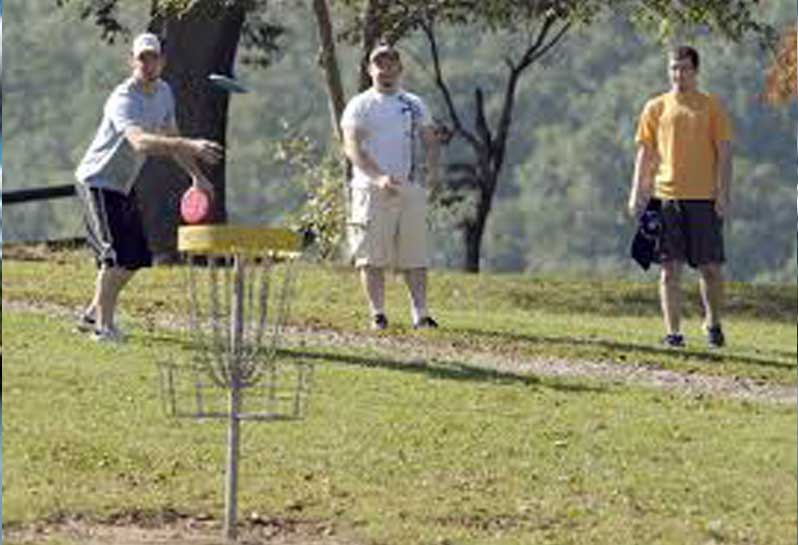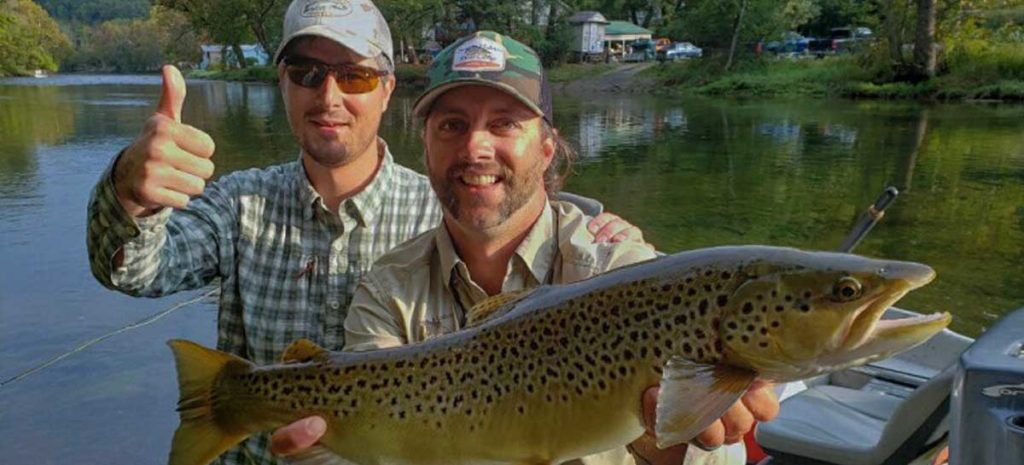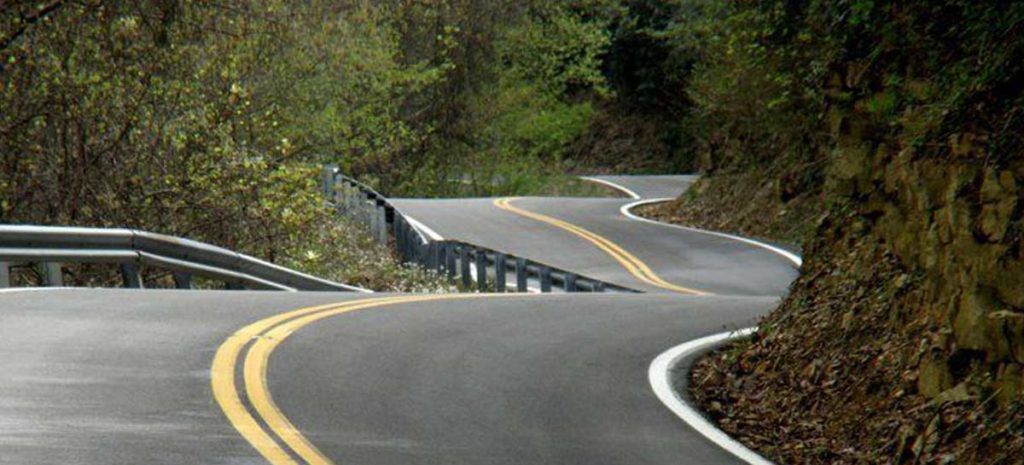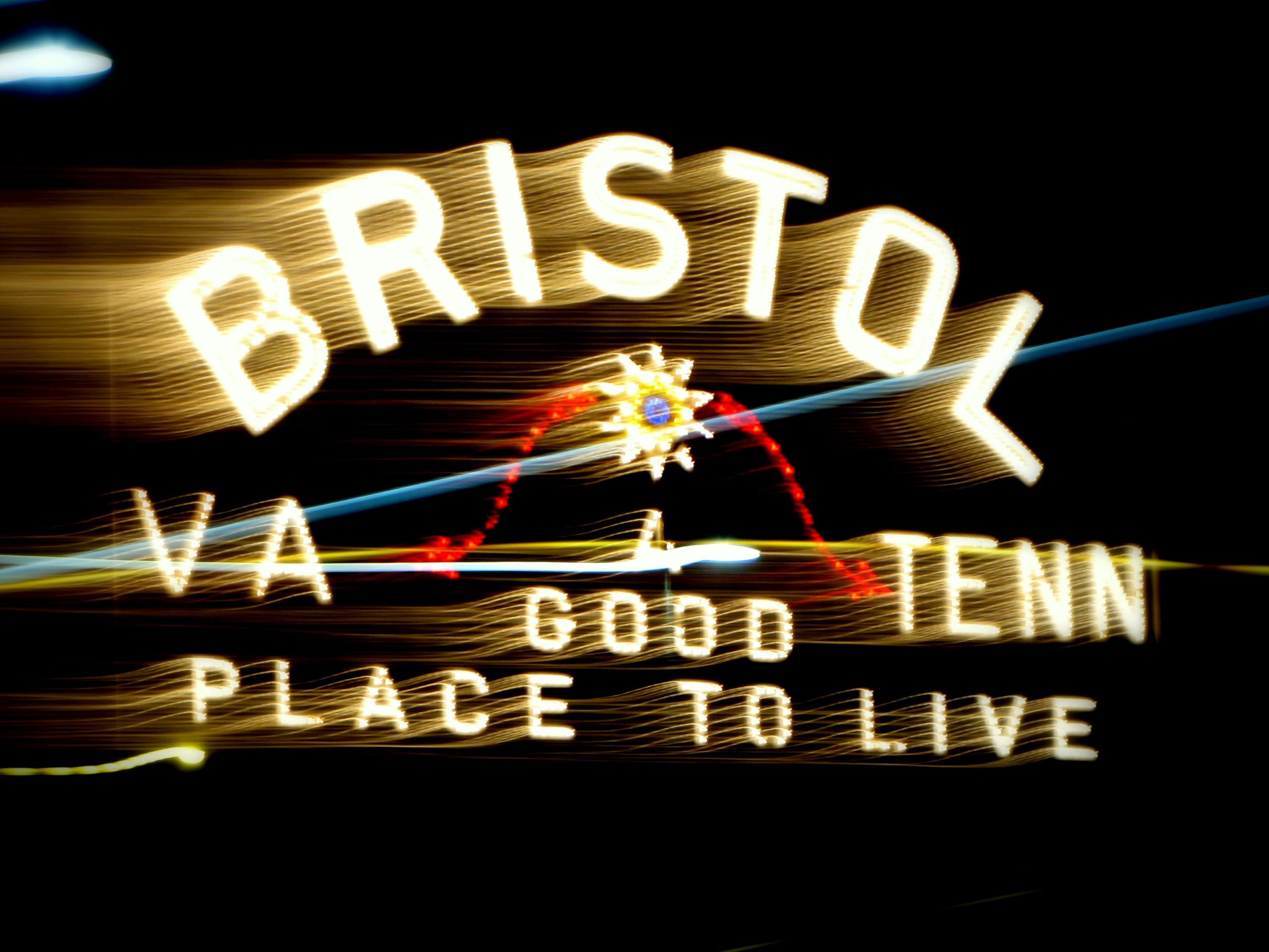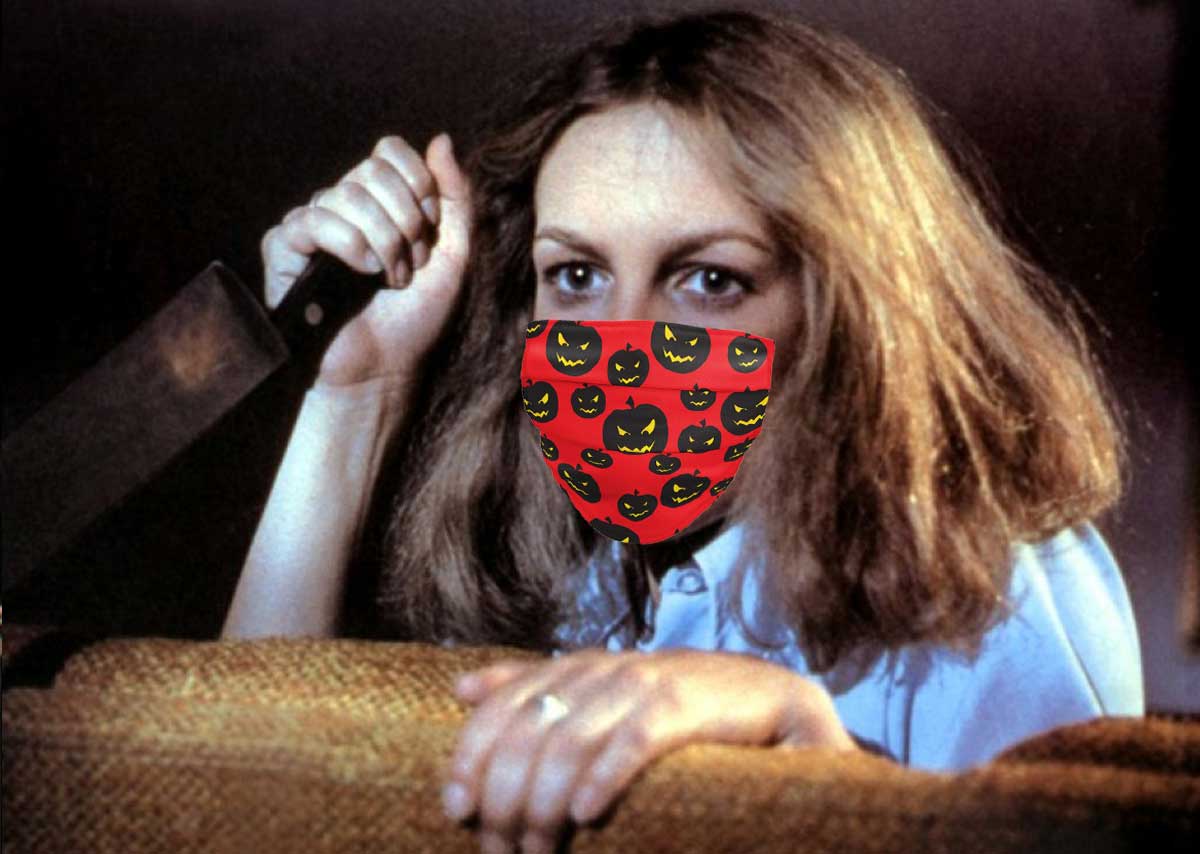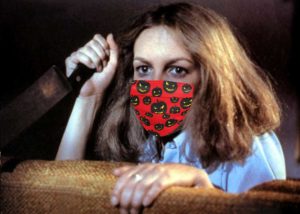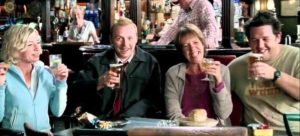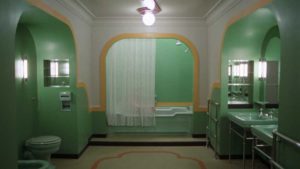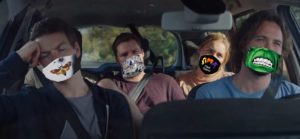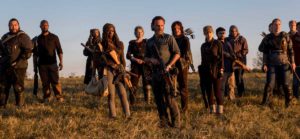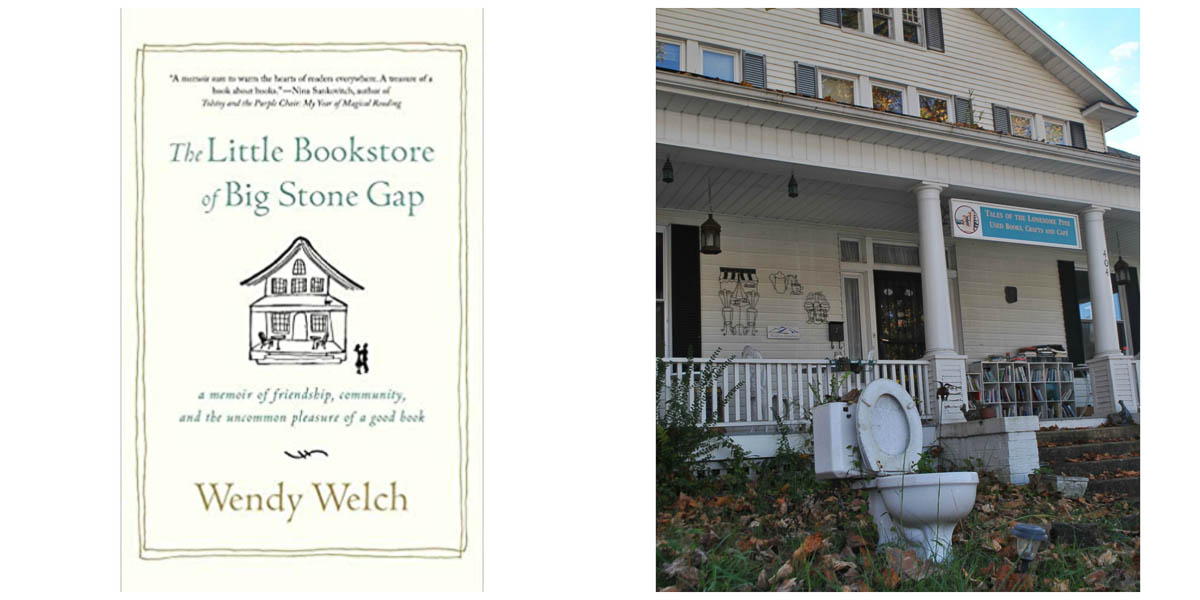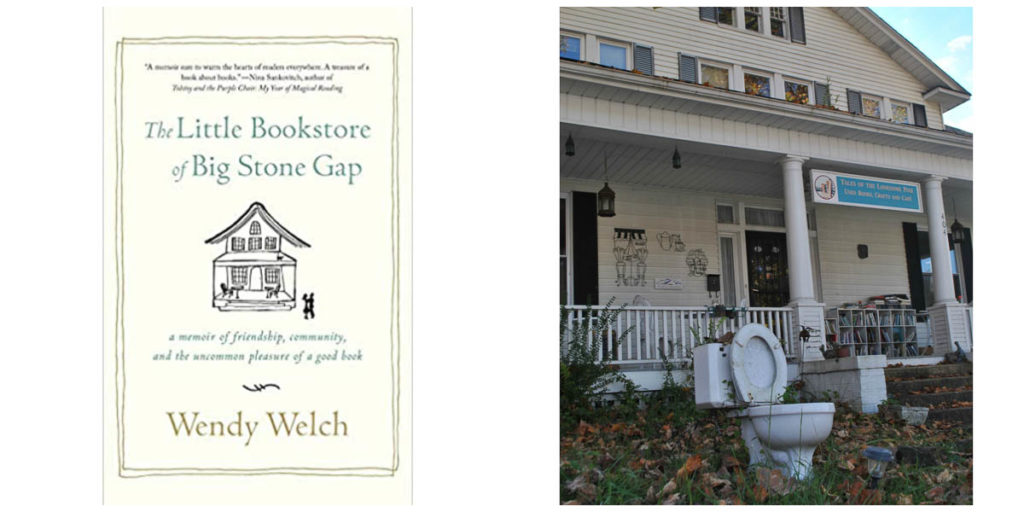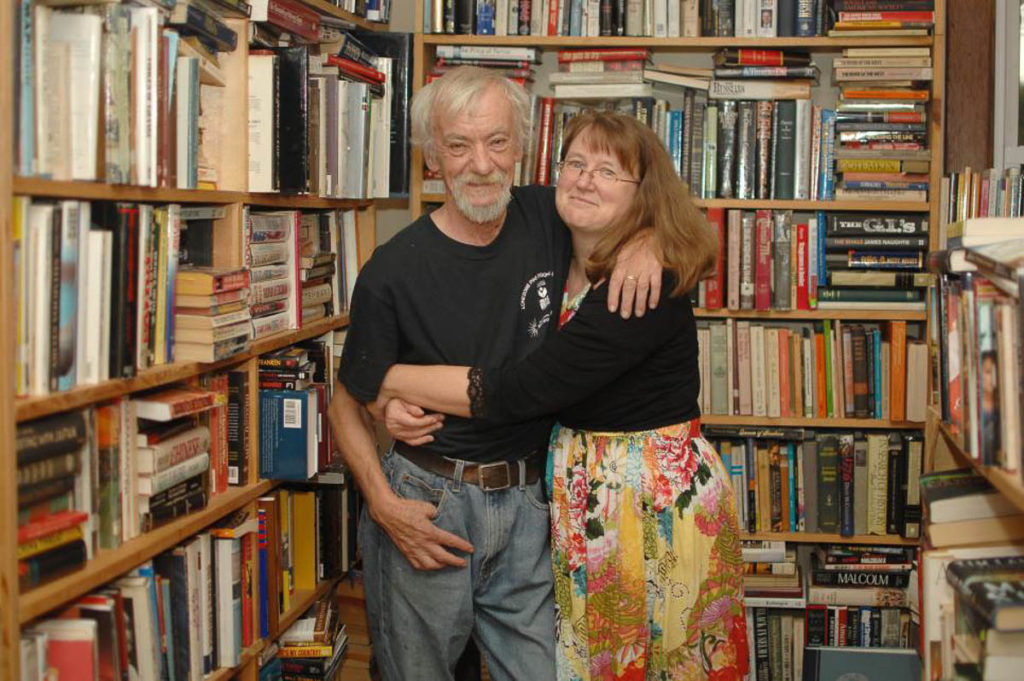Today is the 100th anniversary of the ratification of the 19th Amendment, which states “The right of citizens of the United States to vote shall not be denied or abridged by the United States or by any State on account of sex.” In other words, it finally gave American women the right to vote and be represented.
Congress ratified this amendment on June 4, 1919, but it still needed to be affirmed by 3/4 of the states in order to become law. Suffragettes and their supporters had been working for this day since 1832, and the very first amendment for women’s right to vote was introduced in 1878, taking 42 years to reach ratification. The road was long and hard with women fighting through words, negotiation and diplomacy, and acts of civil disobedience to gain the right to vote. American democracy has been a beacon to many outside our shores, but it makes one pause to think that women only gained this basic right 100 years ago.
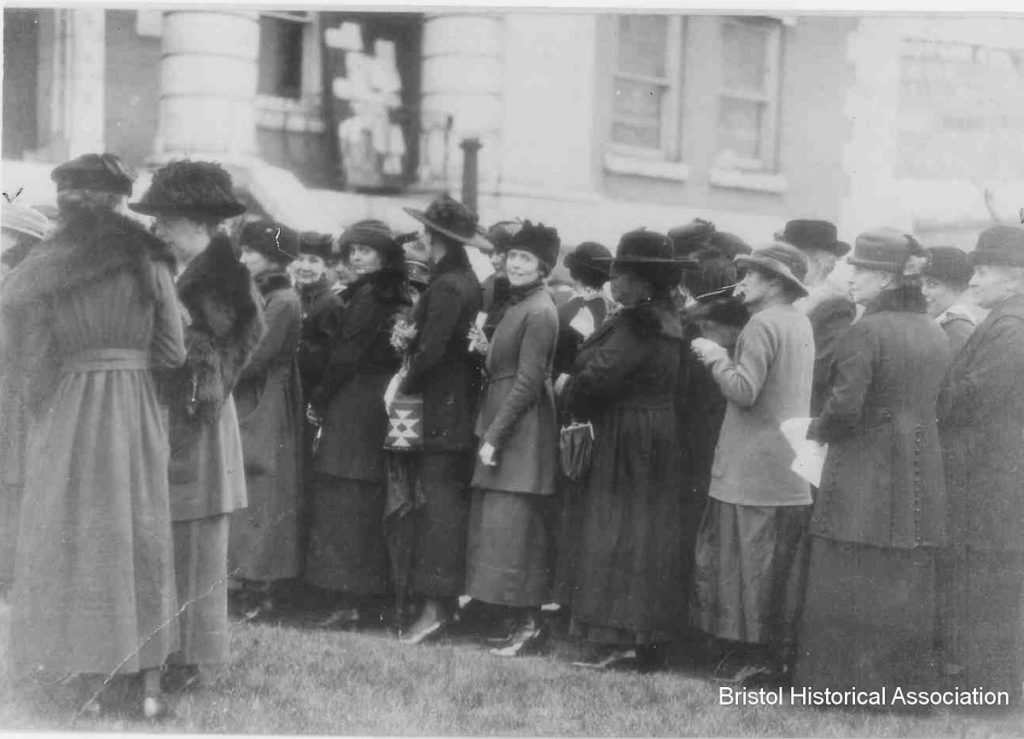
The Birthplace of Country Music Museum is fortunate to have two poster exhibits that explore this complex history, the people who fought to be recognized, and the acts that brought them to victory on August 18, 1920. The first – Votes for Women: A Portrait of Persistence – comes to us from the Smithsonian Institution Traveling Exhibition Service. This exhibit traces the story of women’s suffrage, of inclusion in and exclusion from the franchise, and of our civic development as a nation while also examining the relevance of this history to Americans’ lives today. The second – To Make Our Voices Heard: Tennessee Women’s Fight for the Vote, created by the Tennessee State Museum and the Tennessee State Library and Archives – digs deep into the history of the woman’s suffrage movement, Tennessee’s dramatic vote to ratify the 19th Amendment in 1920, and the years that followed. Both of these exhibits will be on display by September 1 and are definitely worth a visit over the next few months!

As a music museum, there is one thing we know for sure: music has power and impact, and so I wanted to explore some of the songs that helped fuel the suffrage movement. Artists have long used songs to throw light on the world around them – for instance, Hazel Dickens and other musicians who highlighted the tribulations and dangers of Appalachian coal mining communities or the anthems, often with their origins in African American spirituals and traditional hymns, that powered Civil Rights activists in the struggle. Music is a way for people to express their contemporary burdens and their dreams for a better future.
The women of the suffrage movement also lifted themselves up with song, highlighting the rights they were fighting for and inspiring them in that fight. The lyrics to these songs were often set to popular tunes or traditional hymns, thus making them easier to sing and remember. For instance, “Human Equality,” written in the 1870s by William Lloyd Garrison, was sung to the tune of another popular song used in support of labor reform and abolition. While not about women’s right to vote, the poem”Rights of Woman,” written by “A Lady” in 1795, declared women free and was later set to the tune of “My Country Tis of Thee.” “Daughters of Freedom” was published in 1871 and was composed by Edward Christie with lyrics by George Cooper, while a song by Frank Boylen from 1881 asked “Shall Women Vote?” America being the melting pot that it is, some songs also came from immigrant sources, such as “Damen Rechte (Suffragettes),” a popular Yiddish song that not only called for women’s right to vote but also extolled other freedoms and equality in society at large. Some songs were also written specifically for suffrage marches and meant to be played by brass bands, such as “Fall in Line.” Around 1880, D. Estabrook wrote “Keep Woman in Her Sphere,” which on first glance seems to be anti-women’s rights with various men declaring that women should stay in their traditional roles and not expect equal rights. However, the last verse turns this notion on its head with the assertion:
I asked him “What of woman’s cause?”
The answer came sincere —
“Her rights are just the same as mine,
Let woman choose her sphere.“

Center: National American Woman Suffrage Association parade held in Washington, D.C., March 3, 1913. LC-B2- 2505-7, Bain News Service photograph collection, Library of Congress
Left: Unfortunately, very few suffragette songs were recorded at the time of their usage, but you can hear many of these rousing songs on the Smithsonian Folkways recording Songs of the Suffragettes, sung by Elizabeth Knight.
Where there was a fight for women’s rights, however, came societal and political push back – also expressed through music. Songs that mocked the suffragettes’ struggle and emphasized women’s “proper” place abounded, such as “Since My Margaret Became a Suffragette,” “The Anti-Suffrage Rose,” “Mind the Baby, I Must Vote Today,” and “Your Mother’s Gone Away to Join the Army” both published in the early 1910s. Various songs also questioned the other changes women were embracing, often deemed as “unladylike.” This was especially true as women pushed for less restrictive clothes like the “Bloomer costume,” which was attacked in the 1851 song “The Bloomer’s Complaint.” Women riding bicycles were also seen as a sign of these times; indeed, Susan B. Anthony viewed bicycles as doing “more to emancipate woman than any one thing in the world.” “Eliza Jane,” a song from 1895, brought all these horrors together – less restrictive clothing, bicycles, and the desire to vote!
Was there any connection between suffrage and the songs of early country music? I don’t know of any hillbilly songs that embrace the suffrage movement in song, but there are certainly a few songs that reflect the changes that were happening on this front and give hints to women moving beyond their stereotypical roles. For instance, The Carter Family’s “Single Girl, Married Girl,” recorded at the 1927 Bristol Sessions and sung only by Sara and Maybelle, contrasts the freedom of the singleton with the restrictions a married woman bears taking care of husband, babies, and home. And as with the anti-suffrage songs, there were also reactions from hillbilly musicians to the ways women’s roles were changing. Blind Alfred Reed, another 1927 Bristol Sessions singer, later recorded “Why Do You Bob Your Hair, Girls?,” which declared that “every time you bob it, you’re breaking God’s command,” and “Woman’s Been After Man Ever Since,” which bemoaned the early days of Eve in the Garden of Eden and all the ways women were trying to be like men in contemporary society. More disapproval of women’s ways can be found in Ira and Eugene Yates recording “Powder and Paint” from the Johnson City Sessions in 1929.
Finally, it’s worth noting a couple of great songs that teach the history of the suffrage movement and celebrate its achievement. The first is from a much-loved slice of my childhood, Schoolhouse Rock – “Sufferin’ till Suffrage,” sung by the wonderful Etta James. And then, of course, there is Dolly Parton (it’s ALWAYS Dolly…). In 2018, she contributed to 27: The Most Perfect Album, “a collection of songs about the Constitutional amendments that have shaped our democracy, and yet are often at the center of fierce political debate.” Dolly’s song about the 19th amendment starts with a brief spoken introduction to the suffrage story, and soon transitions into a rousing song about the fight for the vote.



